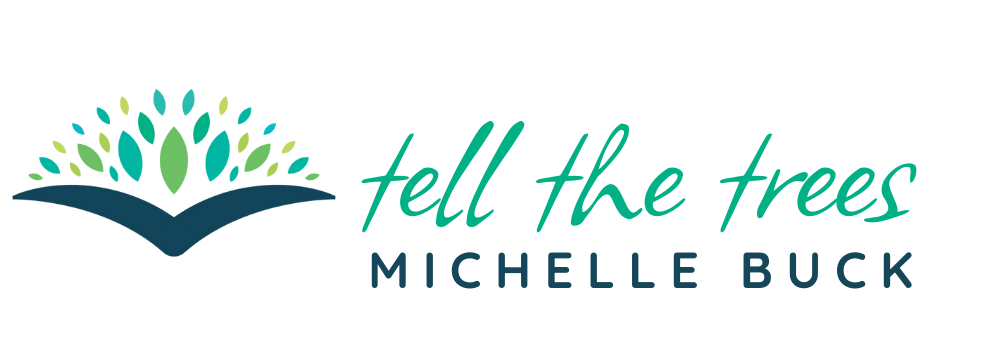by Michelle
Share
by Michelle
Share

Recently, I’ve been diving into the world of the ISBN, short for the International Standard Book Number, and I wanted to share what I’ve learned about the free vs paid ISBN debate.
If you’re scratching your head about which route to take, hopefully my research will save you some time!
What exactly is an ISBN?
An ISBN is basically your book’s social security number in the publishing world. It’s primarily used for print books and helps with:
- Making your book discoverable and purchasable
- Linking to essential information about your book
- Enabling more efficient marketing and distribution
- Meeting requirements for most retailers
- Differentiating between different formats of your book (hardcover, paperback, etc.)
- Collecting and analyzing book sales data
- Getting your book info stored in the Books in Print database (which publishers, retailers, and libraries consult)
The Free ISBN Route
I’ll be honest: I’ve always gone with Amazon’s free ISBN for my books. It’s simple, convenient, and well… free! But there are a few things you should know about this option:
Who offers free ISBNs in the US?
- Amazon KDP
- IngramSpark (US only)
- Lulu
- PublishDrive
- Draft2Digital
- Smashwords
When a free ISBN makes sense:
- You’re on a tight budget
- You’re publishing just for fun
- You’re only planning to publish with one platform (like just Amazon)
- You’re not concerned about the publishing imprint name (more on that below)
- You want to keep things simple
The catch with free ISBNs: The biggest drawback? When you use a free ISBN, the platform (like Amazon) is listed as the publisher of your book, not you. For instance, my Amazon-published books say “Independently Published” on the product page rather than my own publishing name.
Also, you can’t use the same free ISBN to publish your book on multiple platforms. So if you get a free ISBN from Amazon, you can’t use that same ISBN to publish through IngramSpark.
The Paid ISBN Option
In the US, Bowker is the official ISBN agency. Here’s what you’ll pay:
- 1 ISBN: $125
- 10 ISBNs: $295 (about $29.50 each)
- 100 ISBNs: $575 (great for indie publishers with multiple books)
- 1000 ISBNs: $1,500 (for small publishers with many titles)
When paying for ISBNs makes sense:
- You want your own publishing imprint name associated with your book
- You plan to publish your book on multiple platforms
- You’re creating a professional publishing business
- You have multiple books or formats (remember, you need a separate ISBN for each format—hardcover, paperback, etc.)
- You’re not in the US or Canada (Canadians can get free ISBNs from their government!)
- You want complete ownership and control over your book’s metadata
The benefits of paid ISBNs:
- You’re recognized as the ultimate owner of your work in retail sites and metadata
- More distribution freedom (publish wherever you want)
- Better for professional book marketing and retail relationships
- ISBNs never expire, so you can buy in bulk and use them as needed
What I’m Doing
For my upcoming book “Authentic,” I’m sticking with Amazon’s free ISBN for now. Why? I’ve got the Amazon process down to a science at this point, and it’s just simpler. I’m considering wide distribution for future books, but I want to do more research before I invest in paid ISBNs and learn all the different formatting requirements for other platforms.
Quick Facts
- E-books don’t technically require ISBNs (though you can use them)
- You need a different ISBN for each format of your book (hardcover, paperback, spiral-bound, etc.)
- If you update your print book significantly, you’ll need a new ISBN
- In some countries, books are charged higher tax if they don’t have an ISBN
- ISBNs are the global standard for book identification
What’s Your Experience?
Have you gone the wide distribution route? Purchased your own ISBNs? I’d love to hear your experiences and whether you think it’s worth the extra investment and effort.
Useful Resources:
- Bowker (US ISBN Agency)
- MyIdentifiers (to purchase ISBNs)
- IngramSpark (for wide print distribution)
- Draft2Digital (for wide ebook distribution)
- International ISBN Agency (to find your country’s ISBN distributor)
- Free vs Paid ISBN from Ingram Spark
- Kindlepreneur: Setting Up Your Own Publishing Company
Tell the Trees is supported by its readers. When you make a purchase using links on this site, it may result in affiliate commission. Please visit my affiliate disclosure page for more information.
Let's Discuss It
The EU Accessibility Act officially kicked in on June 28, 2025, and that means it's being enforced right now. Here's what to expect for self-publishing.
Sometimes what we call perfectionism is just fear of rejection in disguise. We keep our work hidden because putting it out there means people can judge it.
Ever wonder why some books take off with book sales while others collect digital dust? When it comes to book marketing, I’ve noticed the same problems pop up again and again. Let me walk you through a real example that perfectly illustrates what NOT to do—and more importantly, how to fix it. The Post &
D2D for print books will not replace Amazon KDP for most authors—the royalty difference is just too significant if you're primarily selling direct to consumers online. But it's not supposed to replace Amazon; it's supposed to complement it.








